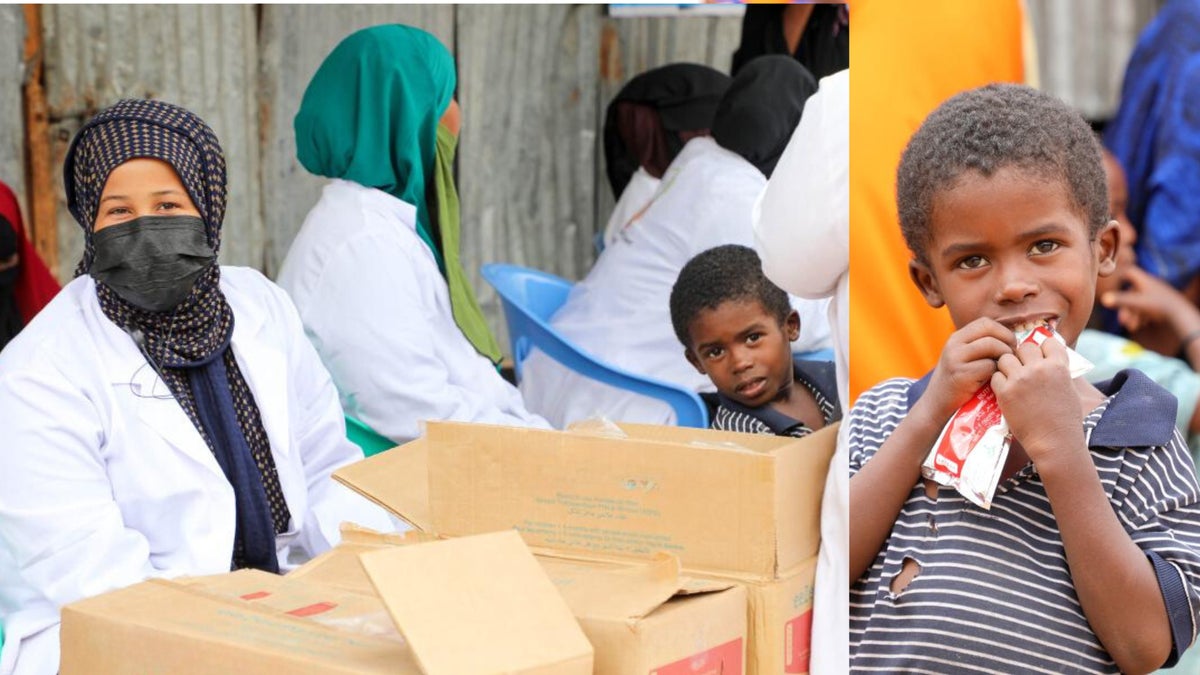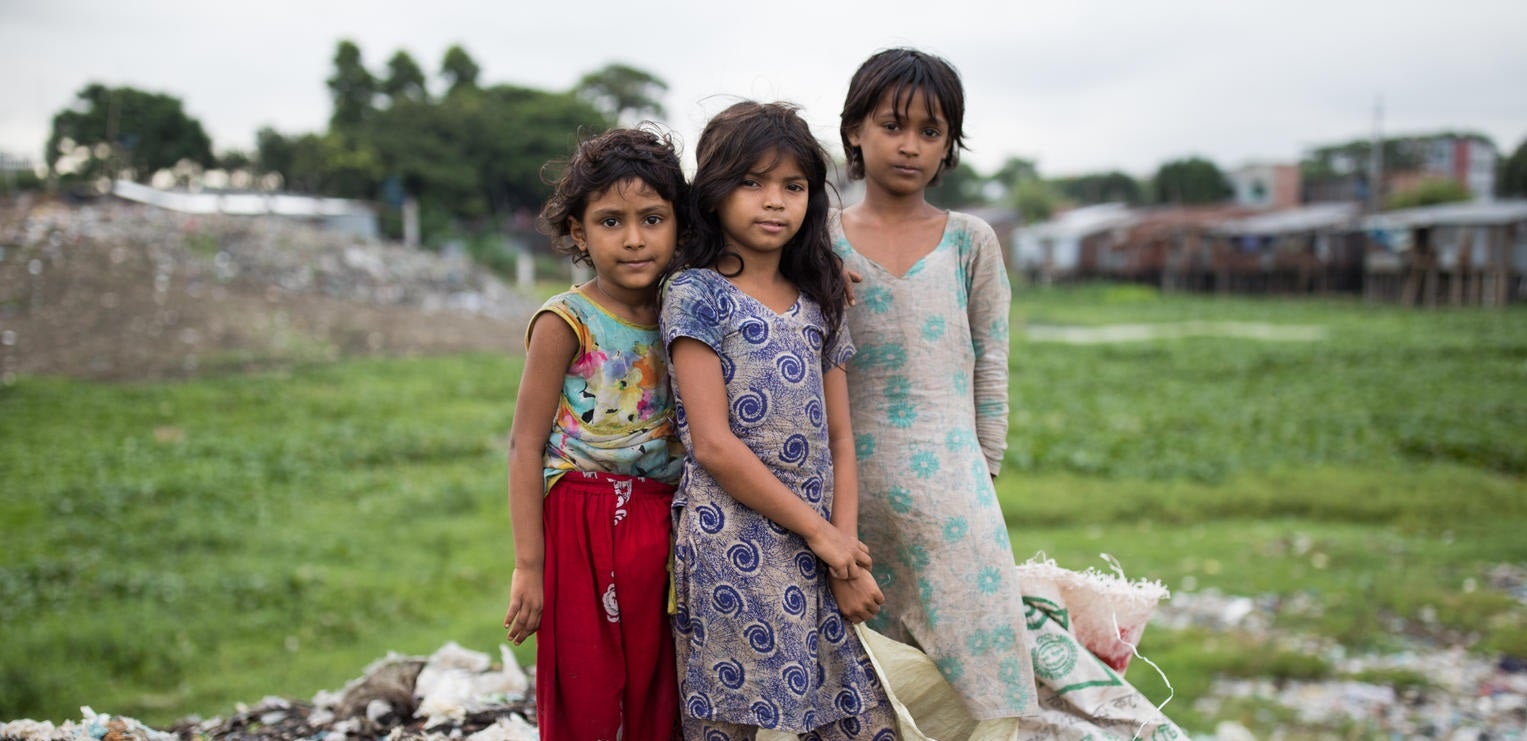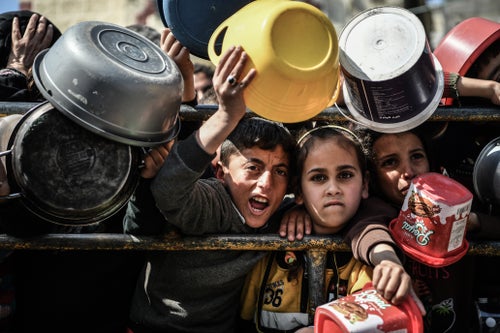Through no fault of their own, children and their families are being forced to leave the familiarity of their homes in search of food, water, and security.
A new report from UNICEF highlights the links between climate change and displacement. It is now clear that climate related crises are happening more often and more severely, putting children’s futures at risk.
With so much going on in the world, children displaced by floods, storms, droughts, and wildfires, are often forgotten yet need to be protected.
Between 2016 and 2021, 8,000 weather-related events caused the displacement of over 43 million children – most of due to floods or storms.
The following stories show us that when children are forced to leave their homes it can have a significant impact on their lives and the community around them. Every child deserves a safe place to call home, and to be protected from the impacts of our changing climate.
The faces of child displacement around the world
His home was the highway
When the rainy season hit Sudan in early 2022, it washed away 40 percent of the homes in the Abdul’s village. The 13 year old, together with his family, spent weeks living in the open air when his home was swept away by the flooding.
Schools were closed for months due to them being under water. This meant delays to Abdul’s education. About 140,000 children were unable to access their schools due to the flooding.

"We moved our belongings to the highway where we lived for weeks. We could only access the village using a boat for more of our belongings. Many houses were damaged including ours."
On the mend after an historic drought
The recent drought in Somalia had a significant impact on children. Many families had to leave their homes and move to IDP (internally displaced peoples) camps in search of food, water, and healthcare.
As part of a UNICEF-supported nutrition program, four-year-old Hassan received ready-to-use therapeutic food to help him recover from malnutrition. After a month of treatment Abdul was on the way to good health – as every child deserves.

"My son was weak when I brought him here. He is now feeling much better. He is even playing again,"
While scattered floods and drought are still present in some areas of the country, the worst of the drought now appears to be over. Despite this, children are still in the process of recovering, with many of them still living in overcrowded camps.
Protection from the storm
Natural climate patterns like La Niña that we see in Australia have become more frequent and intense due to climate change – driven by increasing greenhouse gas emissions.
While the Philippines is at high risk of weather-related disasters – and may become increasingly so as the impacts of climate change intensify, the country implements pre-emptive evacuations in times of disaster. When managed properly this can be effective in saving lives and mitigating the damage caused by displacement.
In December 2021, a tropical cyclone made landfall in the Philippines, putting the lives of millions of children at risk.
Typhoon Odette destroyed the home and school of Lyka, 10, and she had to relocate to a makeshift tent along with hundreds of others in Baldjao, Philippines.
When displaced by climate-induced disasters, children face uncertainty about their future and yearn for a return to normalcy. Despite the destruction, Lyka remains hopeful for her dreams.

"I want to become a teacher when I grow up. I want to teach children and help my parents." "
A call to action
UNICEF calls on governments, supporters, development partners, and the private sector to take the following steps to safeguard children and young people facing potential displacement and equip them and their communities:
- PROTECT children and young people from the impacts of climate change and displacement by ensuring that child-critical services - including education, health, nutrition, social protection, and child protection services - are shock-responsive, portable, and inclusive, including for those already uprooted from their homes.
- PREPARE children and young people to live in a climate-changed world by improving their adaptive capacity and resilience and enabling their participation in finding inclusive solutions.
- PRIORITISE children and young people, including those already uprooted from their homes, in disaster and climate action and finance, humanitarian and development policy and preparatory investments.
Related articles
Stay up-to-date on UNICEF's work in Australia and around the world

















